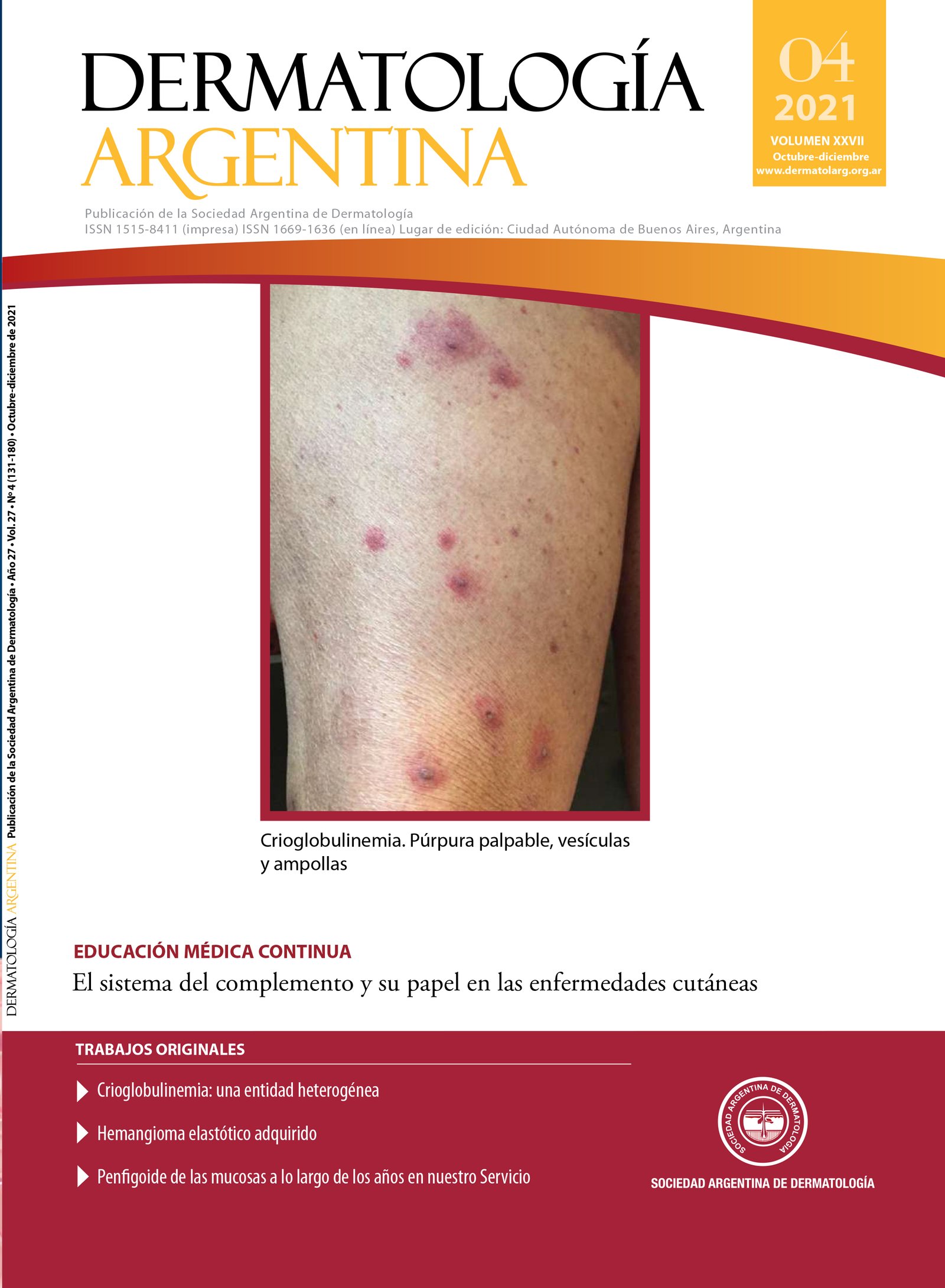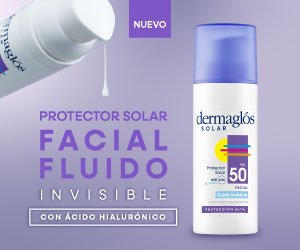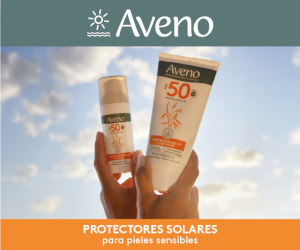The complement system and its role in skin diseases
DOI:
https://doi.org/10.47196/da.v27i4.2237Keywords:
complement system, angioedema, psoriasis, bullous pemphigoidAbstract
The complement system is a set of proteins associated with the regulation of immunity and the host protection. There are three activation pathways called classical, alternative, and lectin-associated, which culminate in the production of opsonins, anaphylatoxins, and the membrane attack complex. The activation of the complement system plays a fundamental role in the cutaneous defense against microbiological agents, as well as in the regulation of inflammation and tissue injury.
In various skin diseases, hyperactivity, deficiency or abnormalities in the control of the complement system can be observed. Through autoimmune mechanisms with antibody deposition or by cytotoxic effect on the epidermis or vascular cells, a direct inflammatory effect is observed, as occurs in systemic lupus erythematosus or in autoimmune bullous diseases. Moreover, deficiencies in the regulation of the complement system generate the activation of pro-inflammatory collateral pathways, as in the case of the kallikrein-quinine system in hereditary angioedema.
In this manuscript, we describe the physiology of the complement system, its relevance in common skin pathologies, and alterations in laboratory studies.
References
I. Nesargikar PN, Spiller B, Chavez R. The complement system: history, pathways, cascade and inhibitors. Eur J Microbiol Immunol (Bp). 2012;2:103-111.
II. Chaplin H Jr. Review: the burgeoning history of the complement system 1888-2005. Immunohematology. 2005;21:85-93.
III. Pérez Torres D, Corell Almuzara A. El sistema de complemento I: elementos, vías de activación y vía lítica final. [en línea] Immunomedia.org, 2018. [Consultado septiembre 2021].
IV. Bohlson SS, Garred P, Kemper C, Tenner AJ. Complement nomenclature-deconvoluted. Front Immunol. 2019;10:1308.
V. Holers VM. Complement and its receptors: new insights into human disease. Annu Rev Immunol. 2014;32:433-459.
VI. Ling M, Murali M. Analysis of the complement system in the clinical immunology laboratory. Clin Lab Med.2019;39:579-590.
VII. Garred P, Genster N, Pilely K, Bayarri-Olmos R, et ál. A journey through the lectin pathway of complement-MBL and beyond. Immunol Rev. 2016;274:74-97.
VIII. Merle NS, Church SE, Fremeaux-Bacchi V, Roumenina LT. Complement system. Part I - Molecular mechanisms of activation and regulation. Front Immunol. 2015;6:262.
IX. Bubeck D. The making of a macromolecular machine: assembly of the membrane attack complex. Biochemistry. 2014;53:1908- 1915.
X. Klos A, Tenner AJ, Johswich K-O, Ager RR, et ál. The role of the anaphylatoxins in health and disease. Mol Immunol. 2009;46:2753-2766.
XI. Campbell RD, Law SK, Reid KB, Sim RB. Structure, organization, and regulation of the complement genes. Annu Rev Immunol. 1988;6:161-195.
XII. Edwards G, Diercks GFH, Seelen MAJ, Horvath B, et ál. Complement activation in autoimmune bullous dermatoses: a comprehensive review. Front Immunol. 2019;10:1477.
XIII. Giang J, Seelen MAJ, van Doorn MBA, Rissmann R, et ál. Complement activation in inflammatory skin diseases. Front Immunol. 2018;9:639.
XIV. Jurado-Palomo J, Caballero T. Pathophysiology of bradykinin- mediated angioedema: The role of the complement system. En: Kartal SP, Kutlubay ZA. Comprehensive review of urticaria and angioedema. Londres: IntechOpen, 2017:151-176. Disponible en https://www.intechopen.com/chapters/54364 doi: 10.5772/67704.
XV. Frank MM. Complement disorders and hereditary angioedema. J Allergy Clin Immunol. 2010;125:S262-271.
XVI. Panelius J, Meri S. Complement system in dermatological diseases - fire under the skin. Front Med (Lausanne). 2015;2:3.
XVII. Ali FR, Al-Niaimi F. The role of the complement system in dermatological disease. Expert Rev Dermatol. 2012;7:359-366.
XVIII. Chiorean RM, Baican A, Mustafa MB, Lischka, A, et ál. Complement-activating capacity of autoantibodies correlates with disease activity in bullous pemphigoid patients. Front Immunol. 2018;9:2687.
XIX. Romeijn TR, Jonkman MF, Knoppers C, Pas HH, et ál. Complement in bullous pemphigoid: results from a large observational study. Br J Dermatol. 2017;176:517-519.
XX. Mateo-Pascual MC, Pérez-Unanua MP, Muñoz-González Y, Alert Flo N. Epidermólisis ampollosa adquirida relacionada con el estrés. Semergen. 2011;37:508-510.
XXI. Pérez JMF, Polvo ENJ, Padilla SEE. Inmunodeficiencias del complemento. Revisión de la literatura. Parte II. Deficiencias de la vía alterna, lectinas, vía terminal, control, regulación y receptores del complemento. Diagnóstico y tratamiento de inmunodeficiencias del complemento. Alerg Asma Inmunol Pediatr. 2018;27:44-48.
XXII. Seelen MA, Roos A, Wieslander J, Mollnes TE, et ál. Functional analysis of the classical, alternative, and MBL pathways of the complement system: standardization and validation of a simple ELISA. J Immunol Methods. 2005;296:187-198.
Downloads
Published
Issue
Section
License
Copyright (c) 2021 Argentine Society of Dermatology

This work is licensed under a Creative Commons Attribution-NonCommercial-NoDerivatives 4.0 International License.
El/los autor/es tranfieren todos los derechos de autor del manuscrito arriba mencionado a Dermatología Argentina en el caso de que el trabajo sea publicado. El/los autor/es declaran que el artículo es original, que no infringe ningún derecho de propiedad intelectual u otros derechos de terceros, que no se encuentra bajo consideración de otra revista y que no ha sido previamente publicado.
Le solicitamos haga click aquí para imprimir, firmar y enviar por correo postal la transferencia de los derechos de autor













